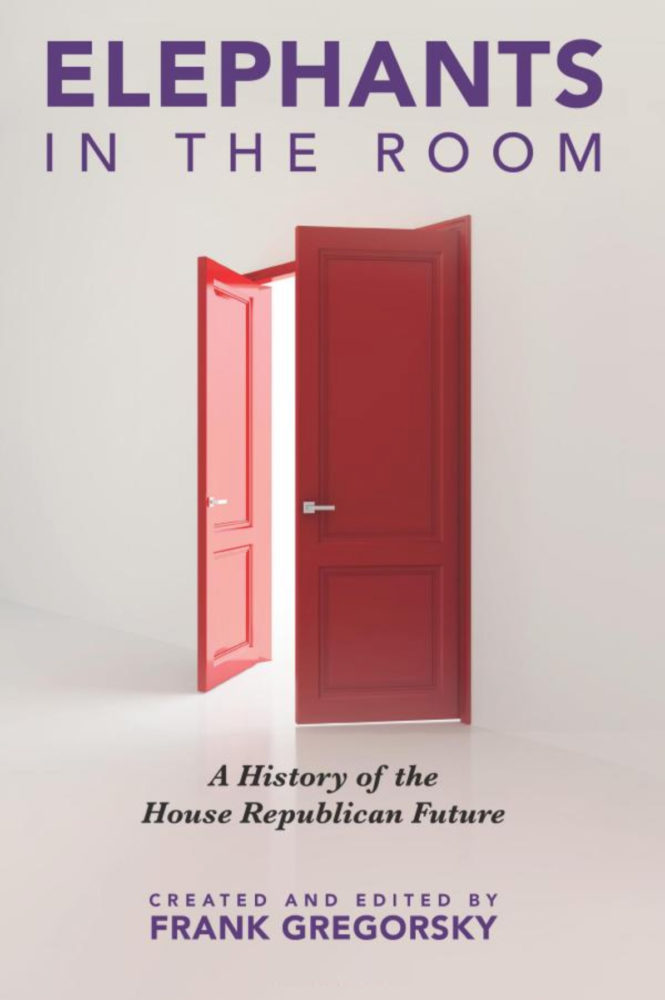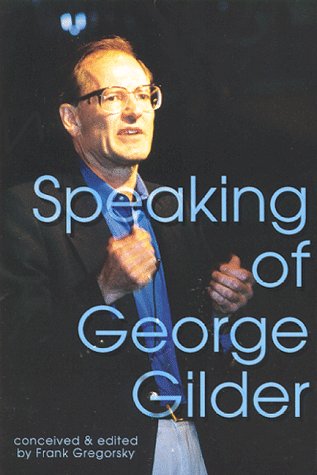
Frank Gregorsky has lived in northern Virginia for most of the time since 1979. While working in Seattle as a Discovery program manager, Frank edited the book Speaking of George Gilder (Discovery Institute Press, 1998).
In October 2016, with six other writers, he published Elephants in the Room: A History of the House Republican Future. This book takes apart ObamaCare, the housing bubble and banking meltdowns, the size and nature of House districts, and Senate defaults during President Obama's second term.
Elephants in the Room also showcases an 11-Measure agenda for restoring the equality of Congress when it comes to setting domestic policy.
During 1991-94, Gregorsky was publications director at the Congressional Institute Inc. During 1983-91, he held a series of research and editorial positions serving GOP Members of Congress. He covered the closing years of the Cold War and spotlighted governmental innovations in our sister democracies, especially the United Kingdom, Canada, Australia and New Zealand.
Frank draws inspiration from Peter Drucker, Harry Truman, Theodore Roosevelt, Sir Arthur Conan Doyle, Queen Elizabeth I, and anyone who can organize and keep track of all the elements of a big project.
You can view the Amazon summary of Elephants in the Room here.
Congress-watchers and political researchers will find a deep, if not unique, set of sources and resources here.
Archives


The Six Ingredients of Trump’s ‘Hostile Takeover Playbook’

A Tale of Two Cynics: Nixon and Obama
